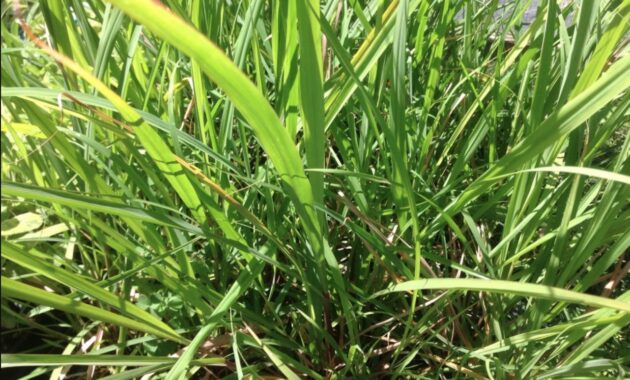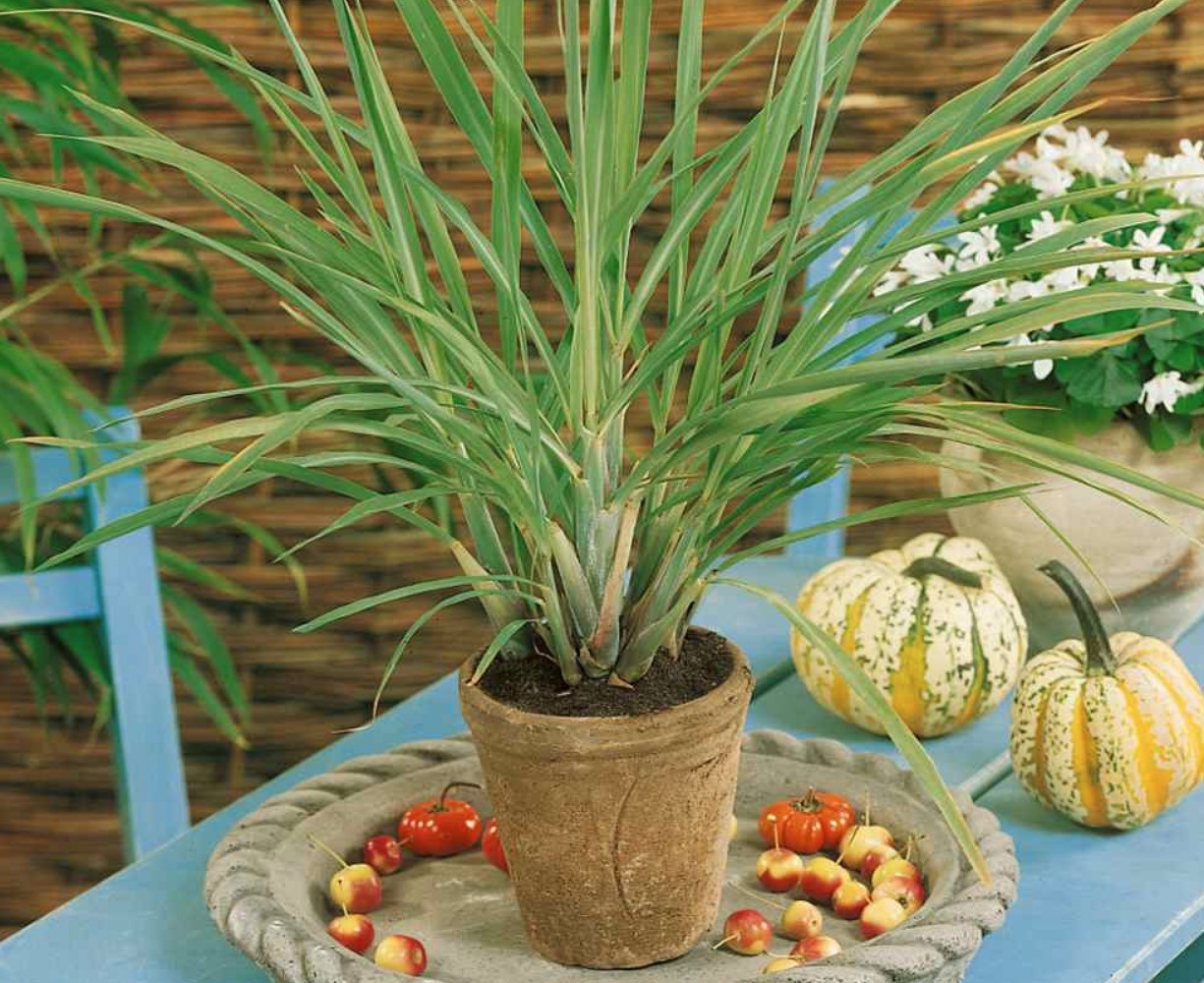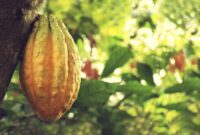
When you think of lemongrass, one of the most versatile plants in the world, Cymbopogon flexuosus probably doesn’t immediately come to mind. Yet, this particular species, also known as East Indian lemongrass, plays an essential role in various industries. From culinary dishes to aromatherapy and even natural insect repellents, this plant has made a mark across the globe.
Let’s dive into the fascinating world of Cymbopogon flexuosus, exploring its characteristics, uses, and tips for growing it at home.
Overview of Cymbopogon flexuosus
| Feature | Description |
|---|---|
| Common Name | East Indian lemongrass |
| Scientific Name | Cymbopogon flexuosus |
| Family | Poaceae (Grass family) |
| Native Region | South and Southeast Asia |
| Primary Use | Essential oils, culinary, medicinal, insect repellent |
| Fragrance | Strong lemon-like aroma |
| Plant Type | Perennial grass |
| Height | Up to 2 meters |
What Makes Cymbopogon flexuosus Special?
Cymbopogon flexuosus is a tall, perennial grass known for its intense citrus aroma. Unlike its cousin Cymbopogon citratus (commonly referred to as West Indian lemongrass), this variety is primarily cultivated for its essential oils rather than for culinary purposes. The oil extracted from its leaves contains high amounts of citral, a compound responsible for its strong lemony scent and various beneficial properties.
What sets this species apart is its adaptability. It grows in a wide range of climates, especially thriving in tropical and subtropical regions, making it a staple in many parts of India and Southeast Asia.
The Many Uses of Cymbopogon flexuosus
Cymbopogon flexuosus is incredibly versatile, and its uses span several industries. Here are some of the main ways this amazing plant is used:
1. Essential Oils
The most popular application of Cymbopogon flexuosus is in the production of essential oils. The leaves are steam distilled to extract a fragrant oil, which contains citral as its main active compound. This oil is widely used in:
- Aromatherapy: Its refreshing, uplifting aroma makes it a favorite in diffusers. It helps reduce stress and anxiety, leaving you feeling rejuvenated.
- Skincare: The oil is known for its antibacterial and anti-inflammatory properties, making it effective in treating acne and other skin conditions.
- Natural Perfumes: Due to its potent lemon scent, lemongrass oil is often used in natural perfumes and cosmetics.
2. Culinary Uses
While Cymbopogon flexuosus is not as commonly used in cooking as other species of lemongrass, it still plays a role in certain dishes, particularly in South Asian cuisines. Its citrusy flavor adds a refreshing touch to curries, soups, and teas. The leaves can be steeped in hot water to create a lemongrass tea, which is both soothing and energizing.
3. Insect Repellent
Like its cousin, Cymbopogon nardus, this species of lemongrass has insect-repelling properties. Its citral content helps deter mosquitoes and other pests, making it a natural and eco-friendly alternative to chemical repellents. Many commercial insect sprays and candles include lemongrass oil for this reason.
4. Traditional Medicine
In traditional Indian and Southeast Asian medicine, Cymbopogon flexuosus has been used for centuries. The leaves and oil are used to treat a range of ailments, including fever, digestive issues, and respiratory conditions. Its antioxidant and antimicrobial properties make it a powerful addition to natural healing practices.
Growing Cymbopogon flexuosus at Home
If you’re thinking about growing lemongrass at home, the good news is that Cymbopogon flexuosus is relatively easy to cultivate as long as you provide the right conditions. Here’s a quick guide on how to successfully grow this fragrant grass.
1. Light Requirements
Lemongrass loves the sun! Make sure to plant it in a spot that gets full sunlight for most of the day. It thrives in warm climates and does best in areas that receive at least 6-8 hours of direct sunlight daily.
2. Soil and Watering
Lemongrass prefers well-drained soil. It can tolerate a variety of soil types, but it thrives in loamy or sandy soils. Keep the soil moist but not soggy. Overwatering can lead to root rot, so it’s important to let the soil dry out a bit between waterings.
3. Temperature and Humidity
As a tropical plant, Cymbopogon flexuosus grows best in warm and humid conditions. It’s not frost-tolerant, so if you live in a colder climate, consider planting it in pots that can be brought indoors during the winter months.
4. Fertilization
You don’t need to fertilize lemongrass heavily. A balanced fertilizer applied during the growing season will encourage healthy growth. If you notice that your plant is growing slowly or looking pale, a light dose of organic fertilizer should help.
5. Harvesting Lemongrass
Harvesting lemongrass is simple. You can start by cutting the stalks at the base when they’re about 1 foot tall. The leaves can also be trimmed and used in teas or essential oil extraction. Regular trimming encourages the plant to grow more vigorously.

The Health Benefits of Cymbopogon flexuosus
You’ve likely heard about the many health benefits of lemongrass, but what about Cymbopogon flexuosus in particular? Here are some of the top health benefits that this plant offers:
1. Antioxidant Properties
The essential oil from Cymbopogon flexuosus contains powerful antioxidants that help fight free radicals in the body. These free radicals are known to cause cellular damage, contributing to aging and various diseases. Incorporating lemongrass oil into your daily routine, whether through skincare or aromatherapy, can help protect your body from these harmful effects.
2. Anti-inflammatory and Antimicrobial Effects
Thanks to its citral content, Cymbopogon flexuosus is a potent anti-inflammatory and antimicrobial agent. This makes it effective in treating acne, skin infections, and even digestive issues. A diluted lemongrass oil can be applied topically to soothe irritated skin, while lemongrass tea can help reduce stomach discomfort.
3. Stress Relief and Mental Clarity
In aromatherapy, lemongrass oil is known for its ability to reduce stress, anxiety, and even mental fatigue. Diffusing the oil in your home or adding a few drops to your bath can help create a calm, peaceful environment. Some people also find that the invigorating scent of lemongrass helps increase mental clarity and focus, making it a popular choice in workspaces or study areas.
Conclusion: Why Choose Cymbopogon flexuosus?
Whether you’re interested in its aromatic qualities, health benefits, or insect-repelling properties, Cymbopogon flexuosus is a must-have plant for any garden. Its versatility makes it a valuable asset for anyone who loves natural remedies, enjoys a refreshing citrus scent, or simply wants to keep mosquitoes at bay.
Plus, if you’re like me and love the idea of growing your own plants, this variety of lemongrass is relatively easy to care for as long as you give it the sunlight and warmth it craves. Once you’ve harvested its leaves, you’ll be able to create teas, essential oils, and even use it as a natural cleaning agent around the house.
So why not give Cymbopogon flexuosus a try? Not only will you be adding a beautiful and functional plant to your garden, but you’ll also gain access to all the incredible benefits it has to offer. Whether it’s through calming aromatherapy, natural insect control, or simply enhancing your cooking, East Indian lemongrass is truly a plant worth celebrating!



